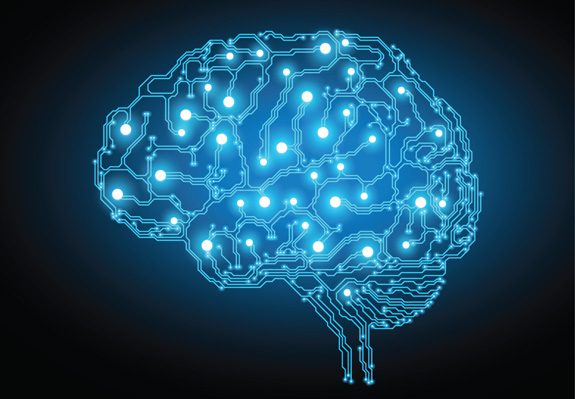Inflexibility May Be Hardwired In Those With Autism

Differences seen in brain scans of children with and without autism may offer new clues to what’s behind the developmental disorder, researchers say. (Thinkstock)
Kids with autism have less flexible brains, researchers say in a new study that may help explain why switching from rest to a task can be particularly difficult for those on the spectrum.
Brain scans of children with autism indicate that there’s little difference in how key networks connect no matter if they’re at rest or engaged in an activity, according to findings published this week in the journal Cerebral Cortex.
In contrast, typically-developing children display a more significant shift in brain connections when they take on new tasks.
Advertisement - Continue Reading Below
For the study, researchers used functional magnetic resonance imaging, or fMRI, to observe brain activity in 34 kids with autism and 34 without. Each child was monitored at rest and while performing two tasks — solving a simple math problem and looking at pictures of different faces.
While the kids with autism performed just as well on the tasks as their typically-developing peers, their brains functioned very differently. Those on the spectrum maintained fairly similar connections between areas of the brain that control important functions like decision-making and socialization no matter whether they were at rest or engaged in one of the activities.
What’s more, the less flexible these children’s brains appeared in the scans, the more pronounced their autism symptoms were, the study found. Specifically, the level of flexibility correlated with the degree to which a child displayed restrictive and repetitive behaviors like obsessing on a favorite topic or sticking to a routine.
“The fact that we can tie this neurophysiological brain-state inflexibility to behavioral inflexibility is an important finding because it gives us clues about what kinds of processes go awry in autism,” said Vinod Menon, a professor of psychiatry and behavioral sciences at the Stanford University School of Medicine and the senior author of the study.
Moreover, the researchers said their findings could have implications for autism interventions.
“The findings may help researchers evaluate the effects of different autism therapies,” said Kaustubh Supekar, a research associate at Stanford who worked on the study. “Therapies that increase the brain’s flexibility at switching from rest to goal-directed behaviors may be a good target, for instance.”
Read more stories like this one. Sign up for Disability Scoop's free email newsletter to get the latest developmental disability news sent straight to your inbox.
